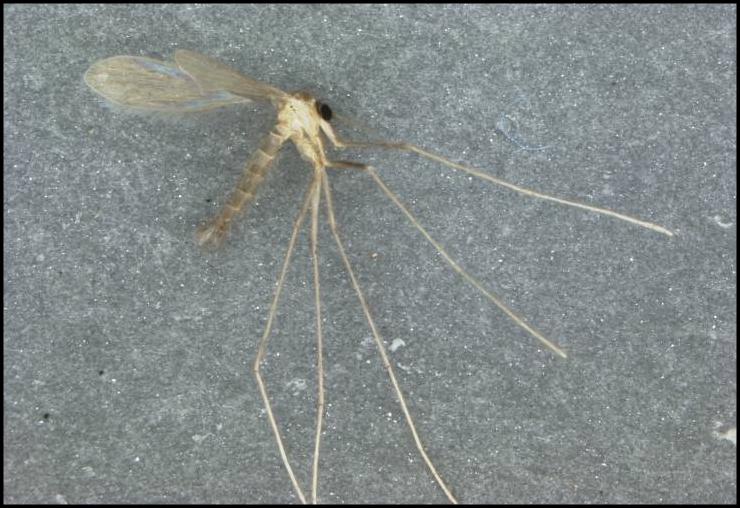
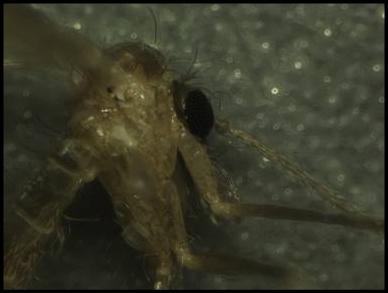
|
Male Lutzomyia shannoni (side view) |
|
Male Lutzomyia shannoni (head) |
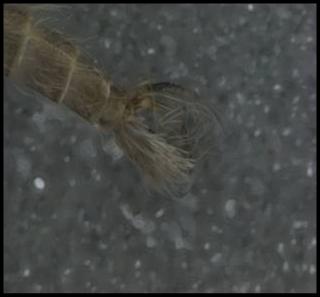
|
Male Lutzomyia shannoni (claspers) |
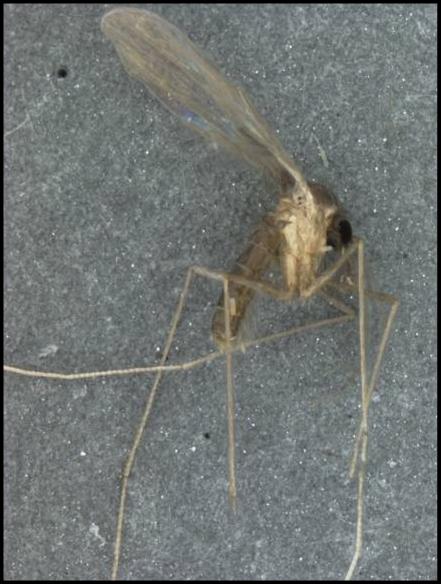
|
Female Lutzomyia shannoni (side view) |

|
Sand fly bite on human |
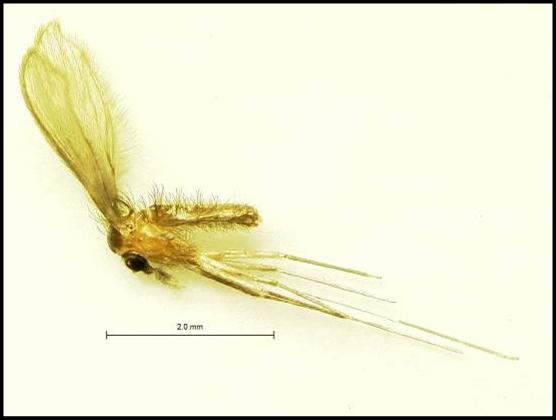
|
Female Lutzomyia shannoni (side view) |
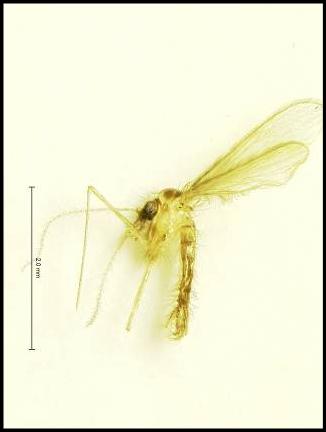
|
Male Lutzomyia vexator (side view) |

|
Photo: L. Minter, 2007 |
|
Photo: L. Minter, 2007 |
|
Photo: L. Minter, 2007 |
|
Photo: L. Minter, 2007 |
|
Photo: L. Minter, 2007 |
|
Photo: L. Minter, 2007 |
|
Photo: L. Minter, 2007 |
|
Sand Flies: Lutzomyia shannoni and L. vexator |
|
So What are Sand Flies? |
|
|
|
|
|
|